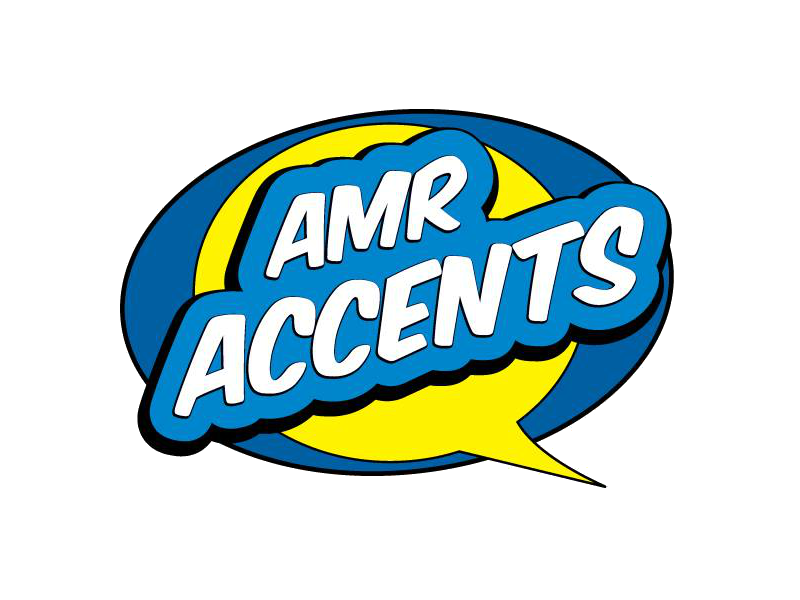Spring shows are in full swing these days! Whether you're just about to open, or curtain is already up, one thing is clear--we're in the express lane to SUMMER! Now, I've heard from many teachers that this is a great time to start looking into next year's season. This is always exciting to me! If you're considering doing an ACCENT show next year, I have some helpful information to consider:
1) What’s HOT right now?
According to Playbill, these are the most popular high school musicals and plays from 2017 and 2018:
FULL-LENGTH MUSICALS
Beauty and the Beast
The Addams Family
The Little Mermaid
Into the Woods
Cinderella
Shrek
Seussical
Little Shop of Horrors
The Wizard of Oz
Annie
FULL-LENGTH PLAYS
Almost, Maine
Midsummer Night’s Dream
Peter and the Starcatcher
Alice in Wonderland
Our Town
12 Angry Jurors
The Crucible
Arsenic and Old Lace
A Christmas Carol
Radium Girls
You’ll notice that I’ve put some of these titles in bold… These are the titles that will provide some fantastic opportunities for accent work. As you can see, there’s quite a few of them!
2) The impact of accents:
Let’s face it—you’re probably not choosing a show JUST for the accents. You’re choosing a show because something about it speaks to you! The opportunity for accent work is a bonus for actors and audiences, and here’s why:
Actors: will have more opportunities to challenge themselves creatively, learn about other cultures, and stimulate parts of their brains that are normally used in acquiring second languages!
Audiences: will be treated to a complete, authentic, multi-sensory representation of this world that you and your actors have worked so hard to create.
3) Rehearsing with accents
Congratulations! You’ve chosen an exciting show that you and your students are going to LOVE! You’ve also decided to include all of the suggested accents that go along with this show! Remember that learning an accent takes TIME! Give your actors at least a whole month to feel comfortable with their accents. The earlier the better when it comes to learning accents!
4) Accent resources
Here are a couple of professional accent resources for you and your students:
YouTube clips: It’s always a great idea to start by listening to people speaking naturally in the target accent. Here are examples of some popular accents!
Accent Study Guide: I’ve created the Accent Study Guide—a show-specific resource that’s designed uniquely for middle and high school theater students! The Accent Study Guide will take you and your actors from start to finish through the accent-acquisition process for YOUR SHOW! For more information, please visit www.accentstudyguide.com.
















